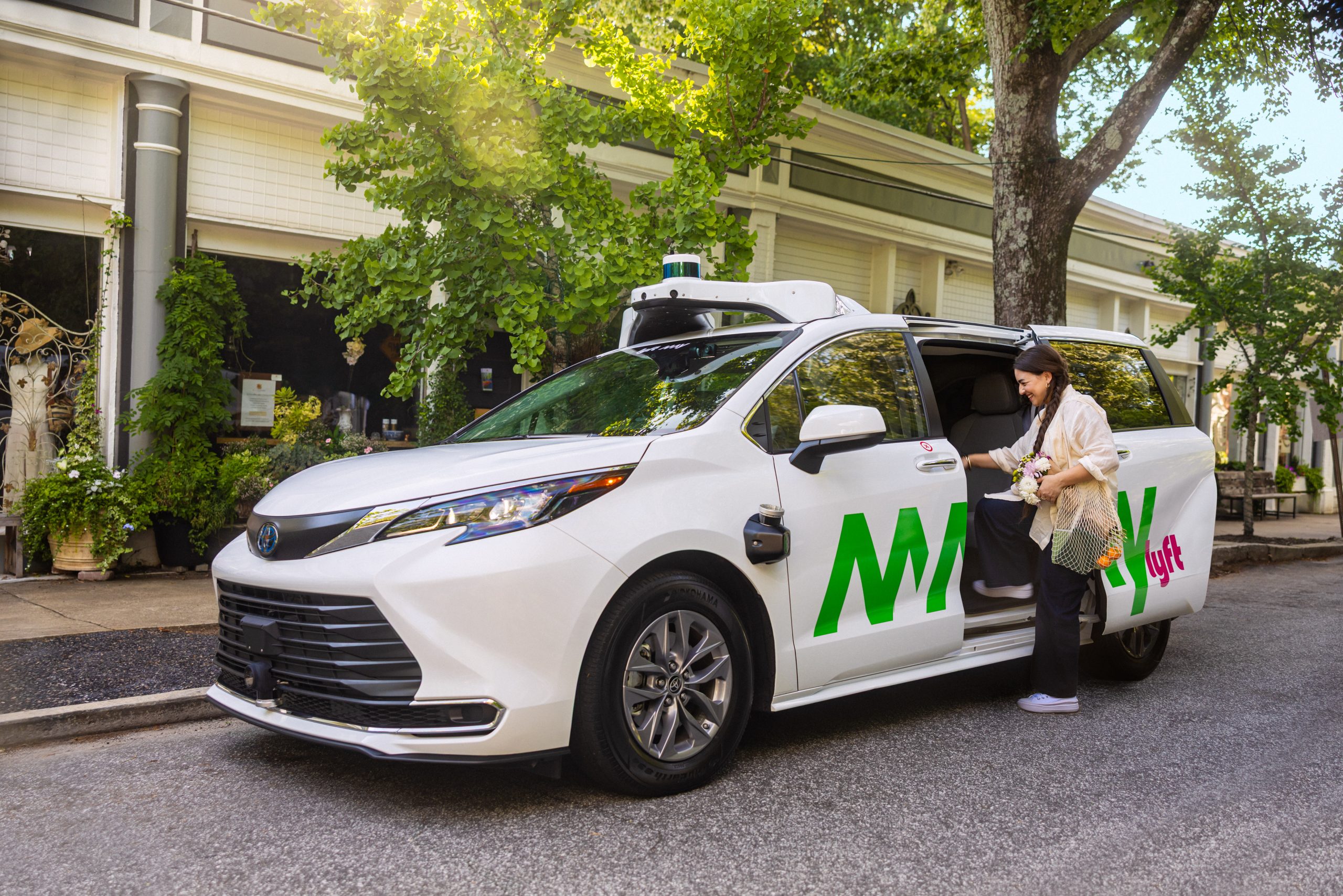Lyft, the ride-hailing giant, is finally entering the autonomous vehicle market with its first customer-ready robotaxi pilot program in Atlanta, Georgia. For months, Lyft has observed its competitor, Uber, forging numerous partnerships with autonomous vehicle companies. However, Lyft has been diligently developing its own fleet, and the result is a collaboration with May Mobility, a Michigan-based company backed by automotive giants Toyota and BMW. This partnership marks a significant step for Lyft, allowing them to offer customers the option of riding in a self-driving Toyota Sienna minivan, equipped with advanced sensor technology, including cameras, radar, and lidar. The service area encompasses approximately 7 square miles in and around Midtown Atlanta, offering both city and suburban routes. The launch, however, is a cautious one, prioritizing safety and a gradual transition towards fully autonomous operation.
The Role of Safety Drivers
Lyft’s approach to safety is paramount in this initial phase. Each May Mobility autonomous vehicle will have a trained safety driver behind the wheel, ready to intervene as needed. These ‘standby operators’, as Lyft terms them, will play a crucial role in ensuring passenger safety and comfort during the initial rollout. Their presence allows for real-time adjustments and intervention, optimizing the system and building confidence in the technology. This strategy mirrors the practices of other autonomous vehicle companies, underscoring the industry’s commitment to a phased, safety-first approach before completely driverless vehicles become commonplace.
Technological Partnership and Future Plans
The partnership with May Mobility is not Lyft’s sole foray into the autonomous vehicle sector. The company is actively collaborating with other technology leaders, including Benteler Mobility and Intel’s Mobileye, on future robotaxi projects. These collaborations showcase Lyft’s commitment to expanding its autonomous vehicle offerings and solidifying its position in this rapidly evolving market. Benteler Mobility is set to launch a self-driving shuttle service in late 2026, while Mobileye’s technology will power a fleet of robotaxis in Dallas, expected to grow to thousands of vehicles across multiple cities in the following months. This multi-pronged approach demonstrates a long-term strategic vision for autonomous ride-sharing.
Lyft’s Asset-Light Strategy
Lyft’s strategy is clearly defined: remain asset-light. This approach allows Lyft to leverage its existing ride-hailing platform and extensive customer base, partnering with autonomous vehicle developers to provide the technology without the burden of significant capital investment in vehicle ownership and maintenance. This smart strategy positions Lyft as a key player in the autonomous vehicle ecosystem, connecting customers with various self-driving technologies while minimizing direct operational costs. This model follows a similar approach to its main competitor, Uber, reflecting a significant industry trend.
From In-House Development to Strategic Partnerships
Lyft’s journey into the autonomous vehicle market has been one of adaptation. Initially, the company pursued in-house research and development of autonomous vehicle technology. However, in 2021, Lyft strategically divested its AV R&D division to a Toyota subsidiary, signaling a shift towards strategic partnerships as a more effective route to market entry. This decision allowed Lyft to focus its resources on its core competencies while still participating actively in the development and deployment of autonomous ride-sharing solutions. This evolution reflects a broader industry trend towards collaboration and specialization.
In conclusion, Lyft’s launch of its first robotaxi service in Atlanta signifies a significant milestone in the autonomous vehicle landscape. The cautious approach, prioritizing safety with the inclusion of standby operators, showcases responsible innovation. The strategic partnerships forged with May Mobility and other technology leaders demonstrate Lyft’s commitment to becoming a leading player in the autonomous ride-sharing market. While the company’s path to full autonomy might be different from its competitor, Uber, its asset-light approach positions it for long-term success and significant market penetration as the technology matures and gains public trust. The future of ride-sharing looks increasingly autonomous, and Lyft is securing its place at the forefront.

